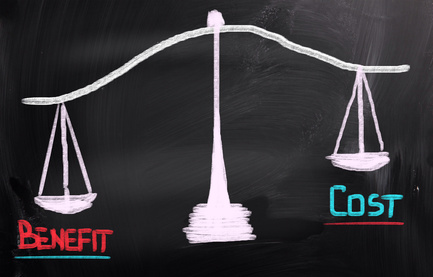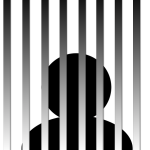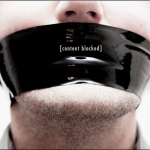Clients who want the benefits of bankruptcy without any change in the way they want to live life have been the theme of my practice lately.
This seems to come out when we do a Schedule J budget in a Chapter 13: they want $300/month in recreation, $1400 in food, and $300 in clothing.
While nothing meaningful goes to creditors.
Those are figures that stand out in a bad way to a trustee.
How bankruptcy works
A basic premise of Chapter 13 is that you must have money in excess of your on-going living expenses to qualify.
Usually, these days, clients are in Chapter 13 because there’s something they must pay: mortgage arrears, priority taxes, or a car or two.
Since those “must pays” have built up to the point that bankruptcy is necessary, the existing budget won’t do it. Something has to change.
Yet these same debtors don’t see that a reasonable price to pay for time (to pay), peace (from collectors), and discharge (of all the other debt) is a scaled down style of living.
Change is necessary
While I try to explain that change is required, I hear the Victor Herbert song “I Want What I Want When I Want It” playing in my head. I want to shake them and ask, “don’t you recognize what a marvelous opportunity to redeem your financial life this is?”
I haven’t started a list of the characteristics of clients with this attitude, but I’m going to.
To see it this often suggests either there’s a client type that sees the world this way, or I’m missing something in my educational spiel.






